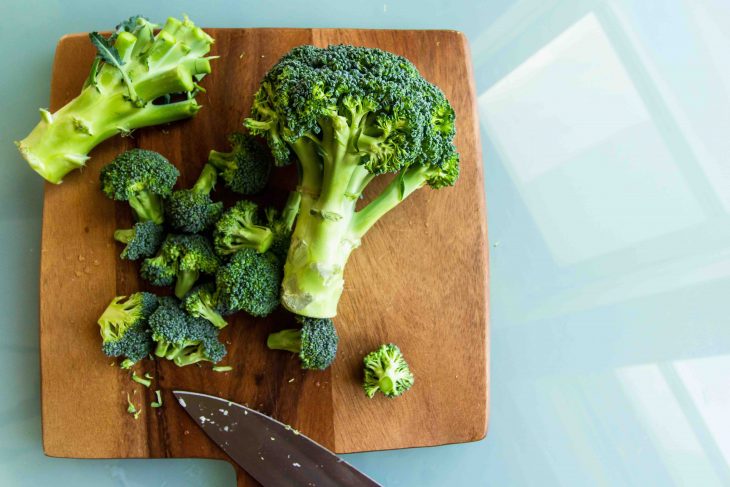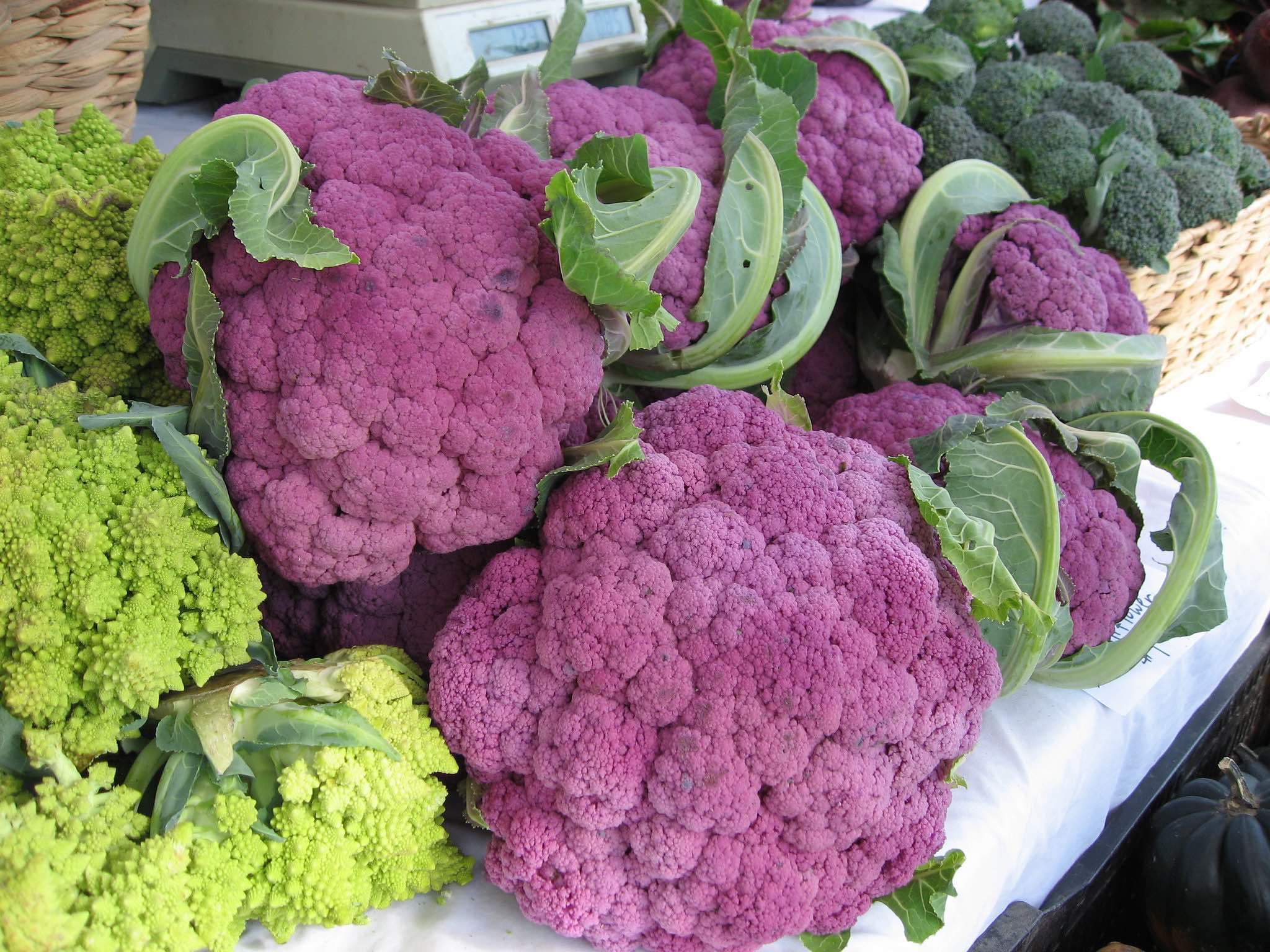
Perhaps no vegetable has a reputation as divisive as broccoli. Loved by some, loathed by others, and ubiquitously known as a symbol of health, this fascinating green has more to offer than meets the eye. In this article, we delve into 20 facts about broccoli, from its storied history to its extraordinary health benefits.
Historic Origins
Broccoli’s roots stretch back to ancient Rome, where it was highly prized and cultivated. The vegetable as we know it today was developed there around the 6th century BC.
Name Derivation
Broccoli comes from the Italian word ‘broccolo,’ meaning ‘the flowering crest of a cabbage.’ This name perfectly captures the vegetable’s look.
Family Matters
Broccoli belongs to the plant family Brassicaceae, making it a close relative to cabbage, kale, cauliflower, and Brussels sprouts.
Types of Broccoli
There are three main types of broccoli: Calabrese broccoli, named after the Italian province of Calabria, is what most people simply know as broccoli. Sprouting broccoli has numerous heads and many thin stalks. Romanesco broccoli, with its unique fractal patterns and bright green color, is truly a sight to behold.

Nutritional Powerhouse
Broccoli is loaded with vitamins A, C, E, and K and a good range of B complex vitamins. It is also rich in dietary fiber, minerals, and antioxidants.
Cancer-Fighting Properties
Research suggests that broccoli’s high glucosinolate content may help reduce the risk of certain cancers, particularly lung and colon cancer.
Eye Health
The high levels of lutein and zeaxanthin in broccoli contribute to maintaining good eye health and preventing conditions like cataracts and age-related macular degeneration.
Heart Health
Broccoli’s fiber, potassium, and antioxidants work together to support heart health. Potassium, in particular, can help maintain healthy blood pressure.
Bone Health
Broccoli is a good source of calcium and vitamin K, both crucial for bone health and preventing osteoporosis.
Skin Health
The antioxidants and vitamins in broccoli can aid in skin repair, provide a complexion boost, and help slow down the aging process.
Cooking Methods
Broccoli can be eaten raw, steamed, boiled, roasted, stir-fried, or even grilled. However, to preserve its nutritional content, steaming or eating it raw is often recommended.

Most Consumed Parts
While the florets are the most commonly consumed part of broccoli, the stalks and leaves are also entirely edible and nutritious.
Freezing Broccoli
Broccoli can be frozen for up to a year without losing its nutritional content, making it a great option for long-term storage.
Broccoli Production
California leads in U.S. broccoli production, contributing over 90% of the country’s output. Broccoli is also grown significantly in Mexico, China, and India.
Peak Season
Broccoli’s peak season is in the fall and winter, though it is available year-round in most supermarkets.
Purple Broccoli
There’s a purple variety of broccoli, known as Purple Sprouting Broccoli. It tastes slightly sweeter and is as nutritious as its green counterpart.

Popularity in the USA
Broccoli wasn’t widely grown in the United States until the 1920s, brought by Italian immigrants. Today, the U.S. is one of the largest commercial producers of broccoli.
Presidential Dislike
Former U.S. President George H.W. Bush famously disliked broccoli. He once said, “I do not like broccoli, and I haven’t liked it since I was a little kid and my mother made me eat it, and I’m the President of the United States, and I’m not going to eat any more broccoli!
Consumption Statistics
Each American consumes, on average, over 4 pounds of broccoli a year. That’s a lot of green!
The Mighty Broccoli Stalk
Don’t toss that stalk! The stalk contains a fair share of broccoli’s nutrients. Simply peel the outer layer to access the tender and delicious core.
Final Word
From its diverse cooking methods to its robust health benefits, broccoli proves to be far more than just a dinner plate staple. So, whether you’re a long-time lover of this nutrient-rich powerhouse, or you’re just beginning to explore the green world of vegetables, there’s no denying the compelling character of broccoli.
Was this page helpful?
Our commitment to delivering trustworthy and engaging content is at the heart of what we do. Each fact on our site is contributed by real users like you, bringing a wealth of diverse insights and information. To ensure the highest standards of accuracy and reliability, our dedicated editors meticulously review each submission. This process guarantees that the facts we share are not only fascinating but also credible. Trust in our commitment to quality and authenticity as you explore and learn with us.
